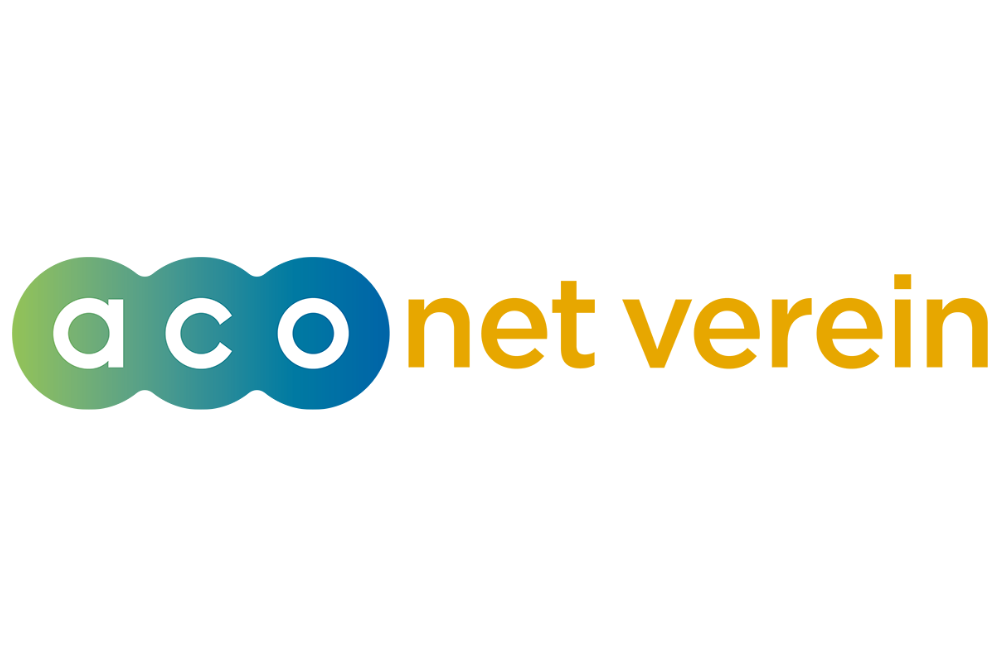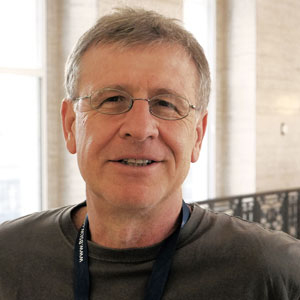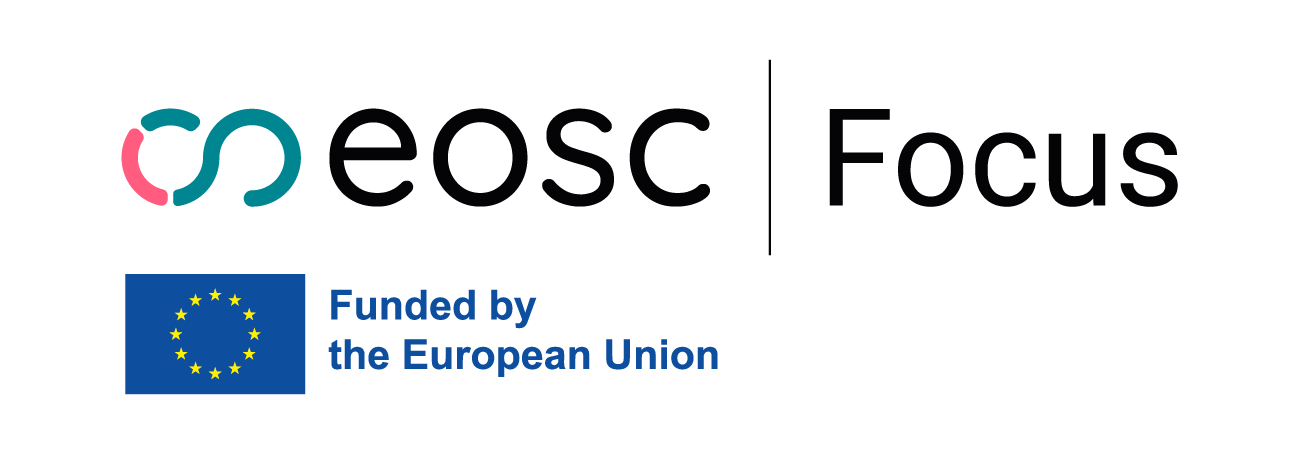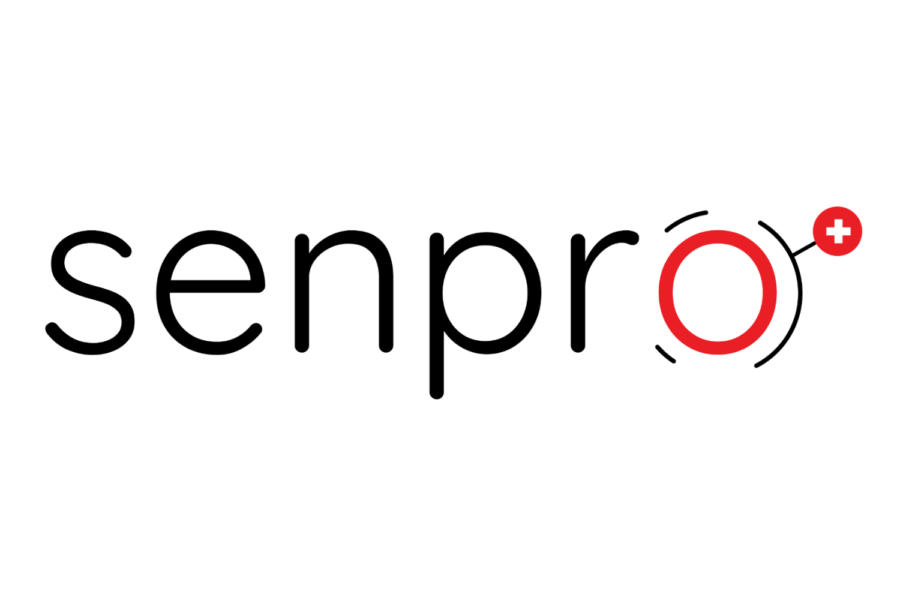This interview is part of a series coordinated by the EOSC Focus project. The interviews aim to highlight the role of the EOSC Association’s Mandated Organisations. By bringing their activities and insights to the forefront, the EOSC Focus interviews will help to reinforce the connections between each country’s Mandated Organisation and its EOSC Association member and observer organisations, as well as to make visible the work going into the implementation of EOSC at the national and institutional levels.
Miguel Rey Mazón (TU Graz) and Isabel Caetano (EOSC Association) interviewed Paolo Budroni of TU Wien in his role representing the ACONET Association’s EOSC Support Office Austria (EOSC SOA), the EOSC Association’s Mandated Organisation in the country. In the interview, Paolo shares his views about current developments on the European landscape, and the Austrian community’s preparations for the future, including the 19 October symposium in Vienna marking the 5th anniversary of the launch of the EOSC initiative: The EOSC Lustrum: 5 years of EOSC developments.
Can you describe how the EOSC Association’s (EOSC-A) Austrian Mandated Organisation (MO) was established, as well as the organisation’s main motivations to become a member of EOSC-A?
EOSC was launched in Vienna in 2018, during the Austrian Presidency of the Council of the European Union. To prepare this, we established two working groups in 2017. The first group promoted the development of research data management policies in Austrian universities. This led to the creation of units like the Research Data Management Team, first at TU Wien and at TU Graz, or the introduction of data management policies at several Austrian RPOs. The second group, composed of the EC representatives, the Austrian Federal Ministry of Education, Science and Research (BMBWF), the University of Vienna and TU Wien, prepared the Vienna EOSC Declaration. This helped us to be ready for EOSC when the time came.
How are the Austrian MO goals and strategy aligned with those of EOSC-A?
TU Wien was involved in the Sustainability and Landscaping Working Groups in the EOSCsecretariat.eu project. Through the landscaping activities we got better knowledge of the situation in own country, and this led to us becoming EOSC-A members as soon as the Association was registered. Our NREN, ACOnet, as a neutral party was chosen as the main legal representative of EOSC in Austria, and the ACONET Association created a dedicated body to carry out this work, the EOSC Support Office Austria (EOSC SOA).
EOSC SOA collects the input of institutions interested in the federation of research data infrastructures. We participate in regional and European activities, and we are in contact with other MOs, international infrastructures, and service providers in Europe and beyond (e.g. Africa and South America), but our main work is on the national level. We keep good relations with the BMBWF and other relevant ministries. We also engage in international activities, like the e-Infrastructure Reflection Group (e-IRG), chaired by Austria for the last four years .
How does the EOSC SOA facilitate or promote the creation of the EOSC ecosystem?
We are in constant communication with our members and stakeholders to keep up to date about their activities. Through the “EOSC Café” we gather all stakeholders in Open Science to share information and experiences and help to shape our work. We cover all supranational activities concerning data spaces, like Euratom or the e-IRG, as well as the green or digital transitions.
We try to mirror activities at the European and supranational level to understand their effect for Austria. The BMBWF informs us about what goes on, for example, about how much money comes back to Austria through EOSC-related activities or European projects, or about the feedback from European and global organisations. We also address questions or requests from the EC or the ministries through the experts in our membership.
Are there any Austrian institutions in current EU-funded EOSC-related projects?
TU Wien, TU Graz and the University of Vienna are involved in EOSC Focus (TU Wien and TU Graz) and Skills4EOSC (TU Wien and NHM Wien). We thus follow closely the latest developments and next actions about European Common Data Spaces or EOSC, which helps us understand Austria’s place in the big picture.
We also have a thriving high-performance computing community, and we would like to know how it could fit in the data spaces, especially the health data space, which involves data producers from universities and the pharmaceutical sector, and spans both research and industrial data. EOSC SOA wants to understand how we can make the most of data spaces’ and EOSC’s complementary approaches to data, and advise our stakeholders on how to prepare to participate in them.
What are the main roles of EOSC SOA? How does it work?
The start of its Secretariat in 2022 has been important to help EOSC SOA coordinate the EOSC-related Open Science community in Austria. The Secretariat supports the activities of Austrian organisations, like European projects. We transmit interests from the members to the decision makers, and disseminate the political decisions to the organisation.
TU Graz, TU Wien, and the University of Vienna are the main contributors, and have also provided substantial in-kind resources. The BMBWF, through Minister of Science Martin Polaschek, has agreed to provide cash funding for the next three years, which is a great help. It is a small amount, but it shows that the Ministry is aware of EOSC SOA and is willing to contribute, and we are grateful for this.
Internally, EOSC SOA has a Management Board, governed by a Board of Directors. Four universities appointed one member of their staff for the Board of Directors. Ilire Hasani-Mavriqi, leader of the RDM Team at TU Graz, led the Board in the first year, and did an excellent job. In the second year this position has been held by Heimo Rainer from the Natural History Museum of Austria in Vienna, to be followed by Tereza Kalóva from the University of Vienna in 2024.
What do you consider the most relevant policies for Open Science and EOSC in Austria?
The Austrian Government has shown political will, which is as important as the cash contribution. This is complemented by substantial in-kind resources provided by Austrian institutions—especially universities. This was agreed in a Memorandum of Understanding (MoU) signed by EOSC SOA members that defines the resources they are ready to commit. The MoU has proven its efficiency: for example, Austrian institutions participate in 12 out the 13 Task Forces of the EOSC-A.
The Ministry also fosters Open Science through specific project calls, like the recent one about infrastructure. Both TU Wien and TU Graz will participate in the winning consortium. Thanks to these initiatives, we have widened our action field and raised the profile of EOSC to other ministries so that they recognise the relevance of Austrian actors. This has led to better funding of related activities.
How do you assess the investment by Austrian organisations in these topics?
We mainly monitor this through three main instruments: The “Austria Country Profile”, a report on the state of play in Austria, updated regularly; the report by the FFG (the second largest national funding agency) that includes all data and figures concerning participation of industry and universities in European initiatives, including EOSC; and the working group on KPIs, which established the set of KPIs relevant to measure our performance in Open Science and EOSC.
What you would identify as the main strengths and who are the key actors in Austria? Can you name some areas for improvement?
Besides EOSC SOA’s main contributors, the BMBWF is also key, with people like Stefan Hanslik (member of the EOSC Steering Board (EOSC-SB)), and Kirsten Zimmermann, deputy of the Ministry of Infrastructure. We care a lot about keeping a close relation with the ministries. Through the Ministry we also stay close to EOSC-SB members in other countries, enhanced by our participation in e-IRG. In 2022, e-IRG reflected on the future of EOSC after 2027, when Horizon Europe ends, which was very helpful to understand the possibilities ahead. The contact with EOSC-SB members has improved our understanding of how EOSC impacts e-infrastructures in Europe, including the resilience of infrastructures, the digital transition, CO2-neutral computing, and the effect of the current economic situation.
What other challenges, obstacles and barriers can you mention for the success of EOSC?
One obstacle not often mentioned is ourselves: we keep having to motivate ourselves to work for the MO. We will review our MoU in our next General Assembly in mid-October with this in mind.
At national level, we expect the new rectors of TU Graz and TU Wien to continue those institutions’ current engagement and priorities in EOSC and Open Science matters. We believe they are aware of the importance of Open Science and EOSC and expect things to work very well.
A further big challenge is that after five years EOSC is still not tangible for individual researchers. Going the “last mile” is very hard. We should not create wrong expectations and should focus on showing what is really happening, rather than making promises. This has also been understood by EOSC-A and the EC. We need to talk with less euphoria and stay closer to reality.
Would you like to mention any other project or activity?
EOSC is a unique initiative, but we need to keep an eye on how fast other regions of the world, like China or the USA, are advancing towards similar goals. EOSC should try to get established first, since we started first. We should collaborate with Canada, South America, Africa, or Asia, to create a global setting for Open Science that remains compatible with European legislation. For this we need more awareness about European legislation in the EOSC community, because it will allow us to project our ideas outside of Europe. I have direct experience about this thanks to my participation in meetings with Latin American and African countries. One interesting initiative here is the FAIR Digital Object Forum that has pointed at the need to consider more general data if we want to make data FAIR through interoperable services.
Can you comment on the role of the EC in the creation of EOSC?
The importance of the EC has been pointed out to me by colleagues from outside of Europe. We are lucky to have such a powerful coordinating umbrella, which is not the general case out there. The EOSC community in Austria and in Europe should be aware of the EC’s role in creating the framework to improve our research landscape.
Individual researchers may not understand that all we do has been previously enabled by political decisions taken at the EC. A recent example of this is the COVID pandemic: We now take working from home for granted, but without the services and infrastructures regulated by legal frameworks and financed or promoted by the EC, this would not have been possible.
The 5-years-EOSC-celebration event in Vienna on 19 October is an important moment to celebrate the launch of such an important initiative as EOSC. We will highlight the whole range of achievements of these five years.
To conclude, is there anything you would like to add that we didn’t cover in the interview?
I hope EOSC will become a strong promoter of the digital and green transition. I would also like to promote the idea of “digital sobriety”, in the sense that the digital transition should be used to really reduce CO2 emissions and enable a true green transition.
| About EOSC SOA / ACONET Association The ACONET Association, founded in 1986, promotes the Austrian scientific network ACOnet, which is the shared high-performance network for non-profit organisations in the realms of science, research, education and culture. Read more about the ACONET Association |  |
| About Paolo Budroni He earned his Dr. phil.in 1986, completing a semiotic examination of Don Camillo and Peppone. In 1988, he completed his education degree at the Vienna University of Economics and Business (WU) and in 1996, he received a postgraduate degree in European integration for public administration at the national European Academy. While on sabbatical, Budroni worked as a docent for marketing courses at the graduate level at the Università degli Studi di Perugia (Scienze della Comunicazione), and was Marketing Manager and Strategic Business Development Manager for a German telecommunications firm. He is currently the Managing Director of Phaidra (Permanent Hosting, Archiving and Indexing of Digital Resources and Assets, starting in April 2007), a digital archiving system for RDM. Since 2014, he has also been the Managing Director of e-Infrastructures Austria, a nation-wide project with 26 partners (involving all Asutrian universities as well as the National Library), which aims to create an Austrian network of competencies in the field of university repositories and research data. European projects (led or acquired): OpenAIRE, Europeana Libraries, TEMPUS in the Western Balkan Region, H2020-LEARN. Paolo Budroni is the Austrian national delegate to the e-Infrastructure Reflection Group (e-IRG). |  |






